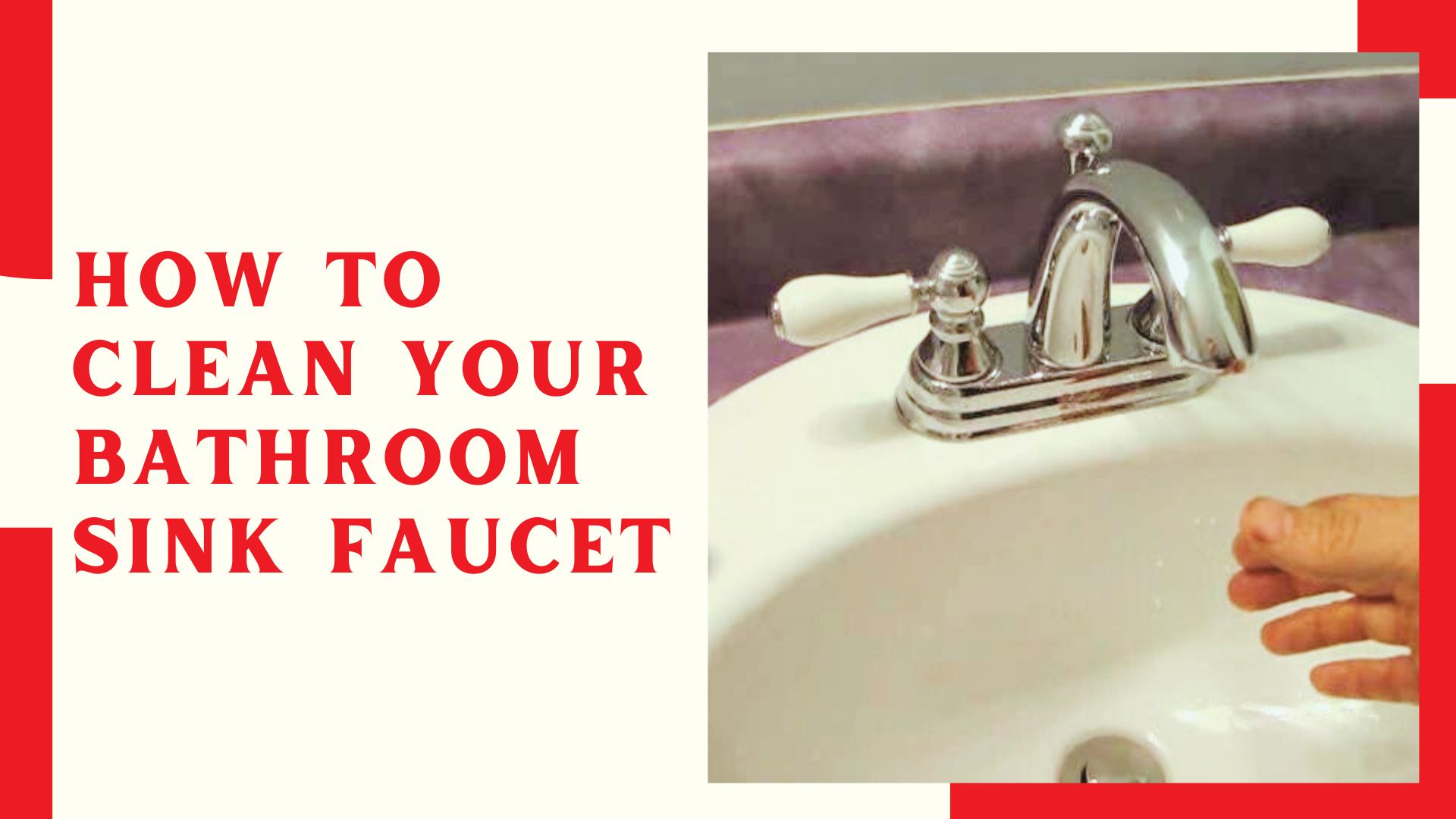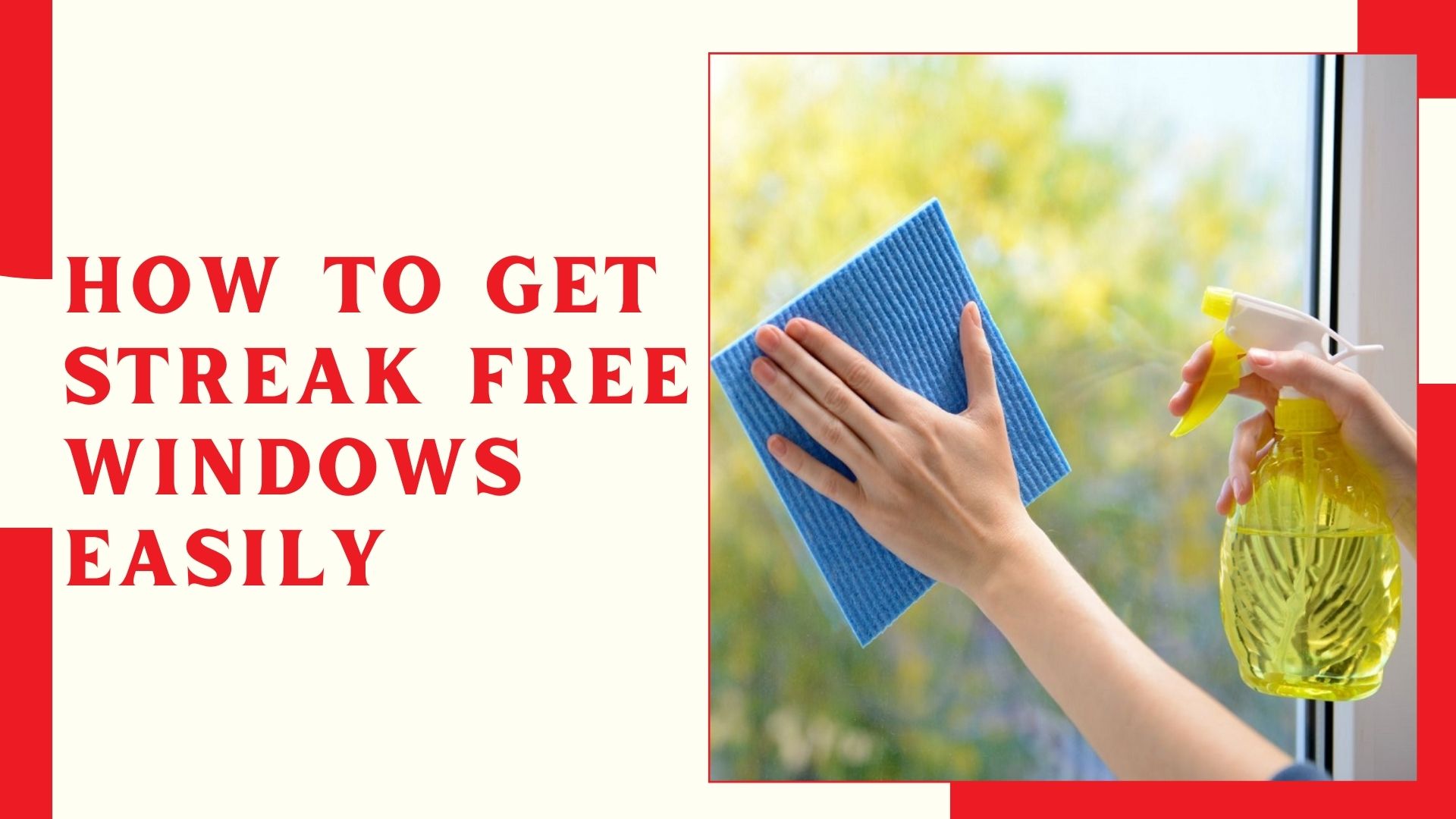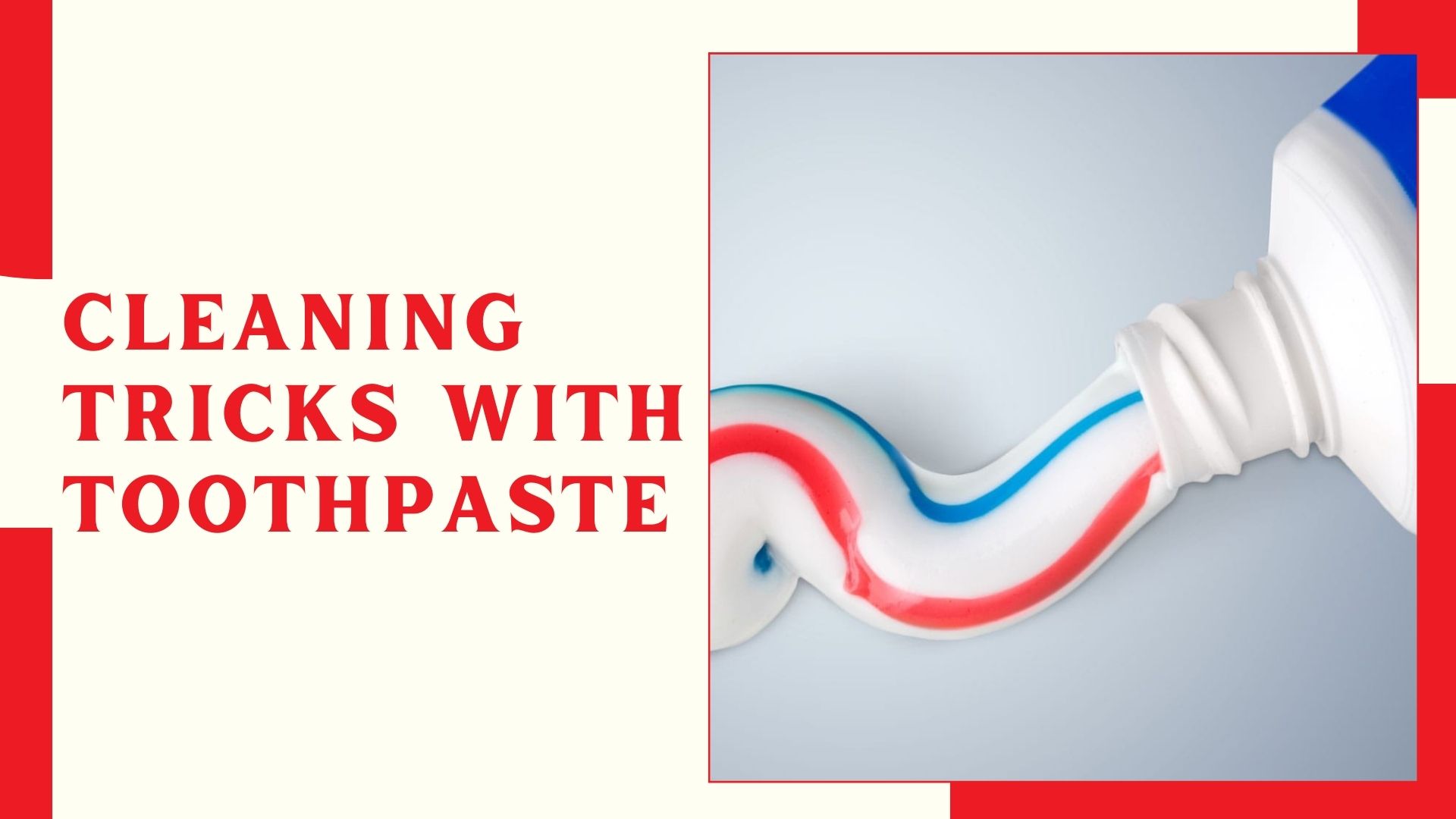Mold is a common household problem that can affect the health of residents and the structural integrity of your home. One of the effective and natural solutions for mold removal is vinegar. Here’s how to use vinegar to kill mold in your house.
Related Products You Might Like
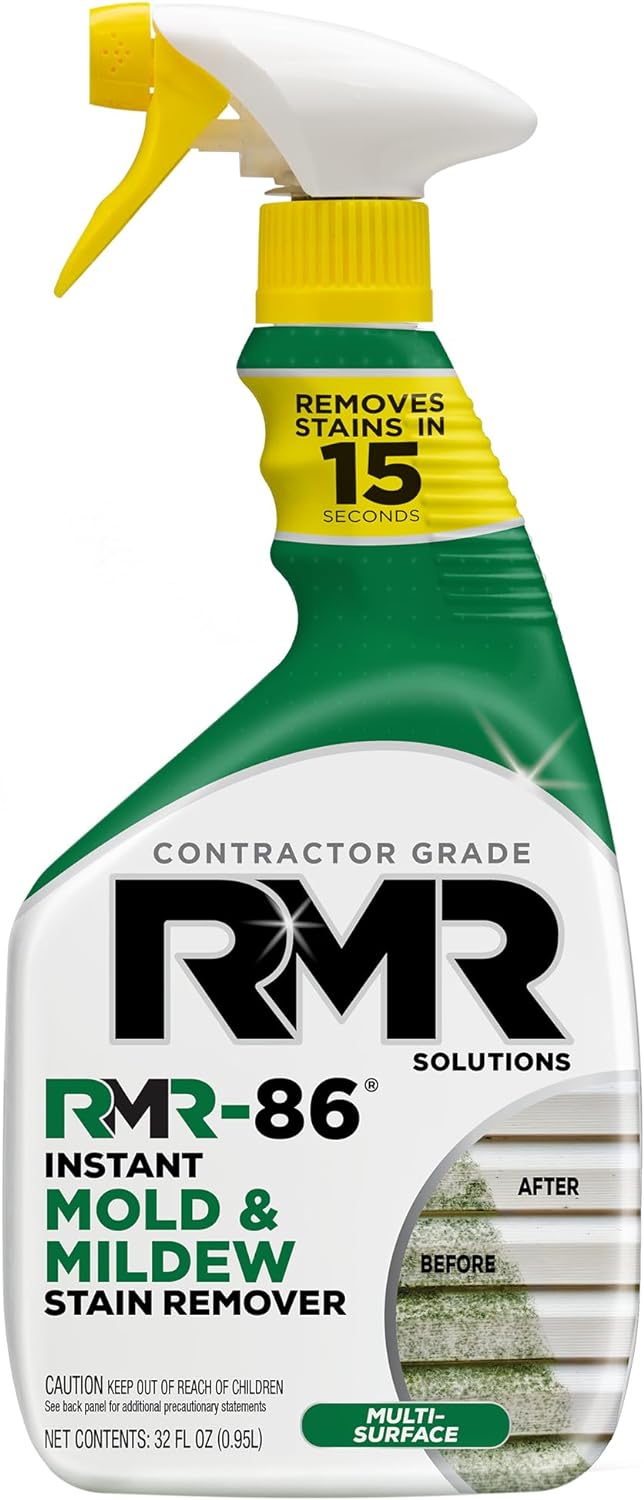
Mold Remover Spray
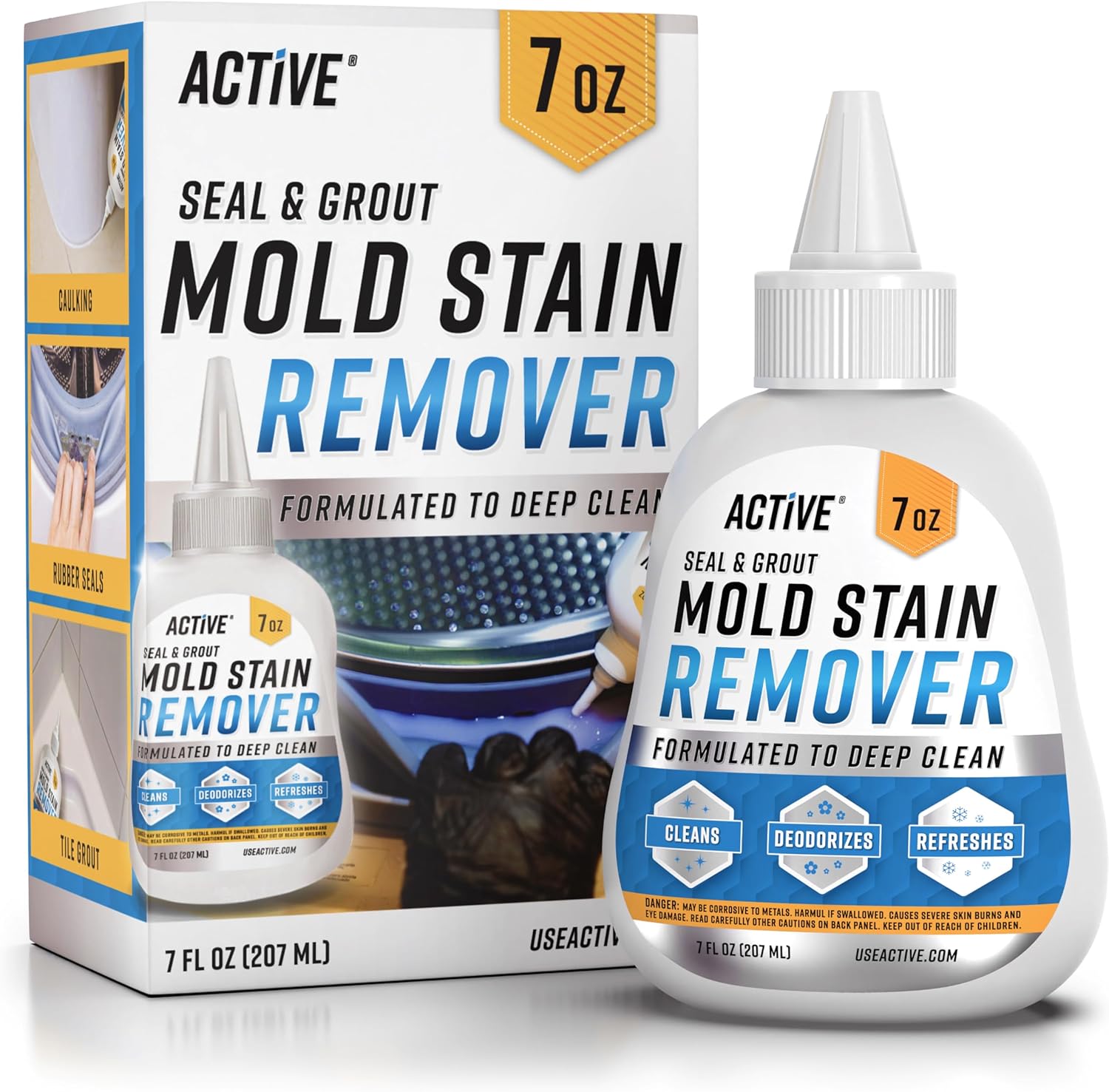
Mold Stain Remover Gel
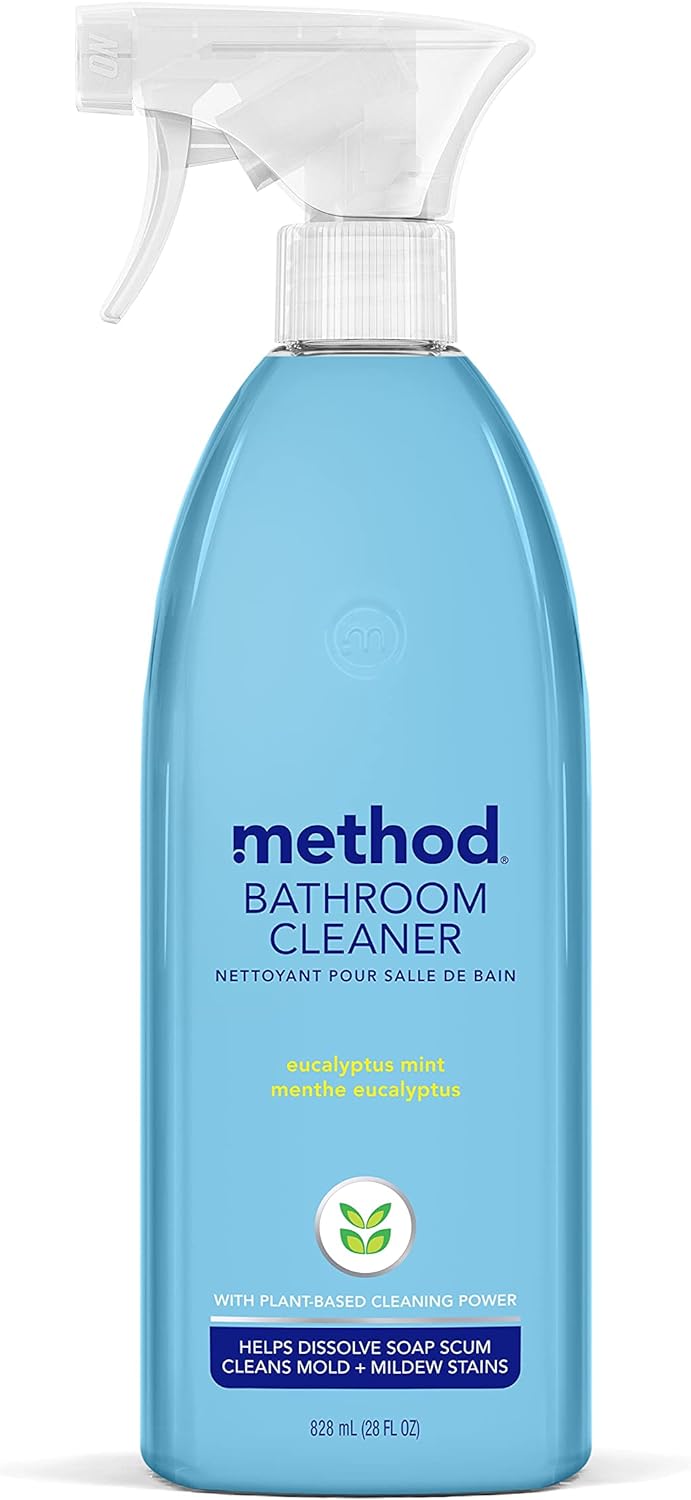
Removes Mold Stains
"(Paid Links)" 
Understanding Mold and Its Risks
Mold, which is a form of fungus, flourishes in settings that are damp, warm, and humid. Typical areas where mold can develop comprise bathrooms, kitchens, basements, and locations that have sustained water damage. Mold cause many health issues, including respiratory problems, allergies, and skin irritations. Therefore, it’s crucial to address mold growth promptly and effectively.
Why Use Vinegar?
Vinegar, specially white distilled vinegar, is a natural, non-toxic, and effective mold killer. It contains acetic acid, which can kill about 82% of mold species. Vinegar is also a safe option compared to chemical-based mold removers, as it doesn’t emit harmful fumes and is safe to use around pets and children.
Materials Needed
White distilled vinegar
Spray bottle
Scrubbing brush or sponge
Protective gloves
Mask (optional)
Baking soda (optional)
Step-by-Step Guide to Using Vinegar to Kill Mold
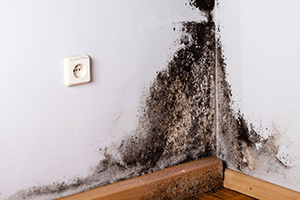
Identify Mold-Affected Areas:
Inspect your house thoroughly to identify areas with mold growth. Common spots include the bathroom, kitchen, basement, and any areas with leaks or high humidity.
Prepare the Area:
Ensure the area is well-ventilated by opening windows and doors. This will help to reduce the vinegar smell and allow fresh air to circulate.
Protect Yourself:
Wear protective gloves and a mask to avoid direct contact with mold and vinegar. While vinegar is non-toxic, mold spores can be harmful when inhaled.
Apply Vinegar:
Fill a spray bottle with pure white vinegar.
Directly spray the vinegar onto the surface affected by mold. Ensure the area is thoroughly saturated with vinegar.
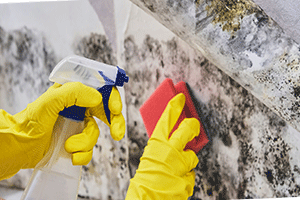
Let It Sit:
Allow the vinegar to sit on the moldy surface for at least an hour. The acetic acid present in vinegar needs time to break down the mold spores.
Scrub the Area:
After an hour, scrub the area with a brush or sponge. This will help to remove the mold from the surface. For stubborn mold, you may need to repeat the process or use a little baking soda as an abrasive.
Rinse and Dry:
Use a wet cloth to clean the area and eliminate any leftover mold and vinegar remains. Make sure the area is completely dry to prevent the return of mold. You can utilize a fan or a dehumidifier to accelerate the drying procedure.
Prevent Future Mold Growth:
Keep the area dry and well-ventilated to prevent mold from returning. Use dehumidifiers in damp areas and fix any leaks promptly. Regularly clean areas prone to mold growth with vinegar.
Additional Tips
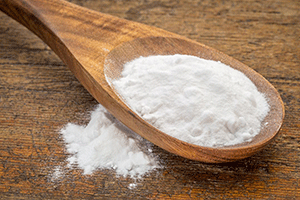
Baking Soda Mixture:
For extra cleaning power, mix baking soda with two parts vinegar. This mixture creates a fizzy reaction that can help lift mold from surfaces.
Tougher Mold:
For tougher mold or larger infestations, you may need to repeat the vinegar application or use more aggressive scrubbing methods.
Preventative Cleaning:
Use vinegar as a preventative measure by regularly spraying and wiping down areas prone to moisture and mold growth.
Conclusion
Using vinegar to kill mold is a simple, effective, and eco-friendly method. It not only removes existing mold but also helps prevent future growth. By following these steps and maintaining a clean, dry environment, you can keep your home mold-free and ensure the health and safety of your household.

